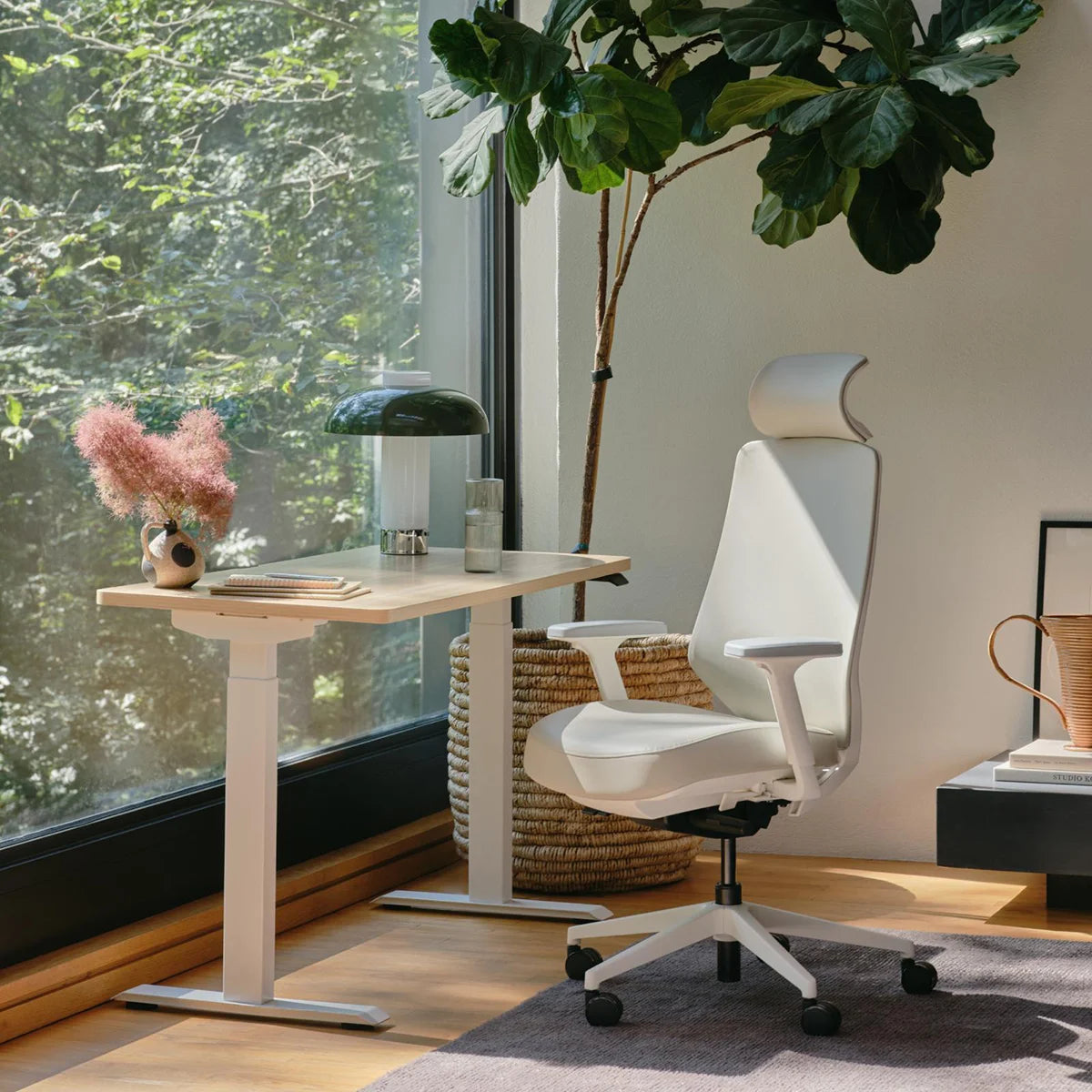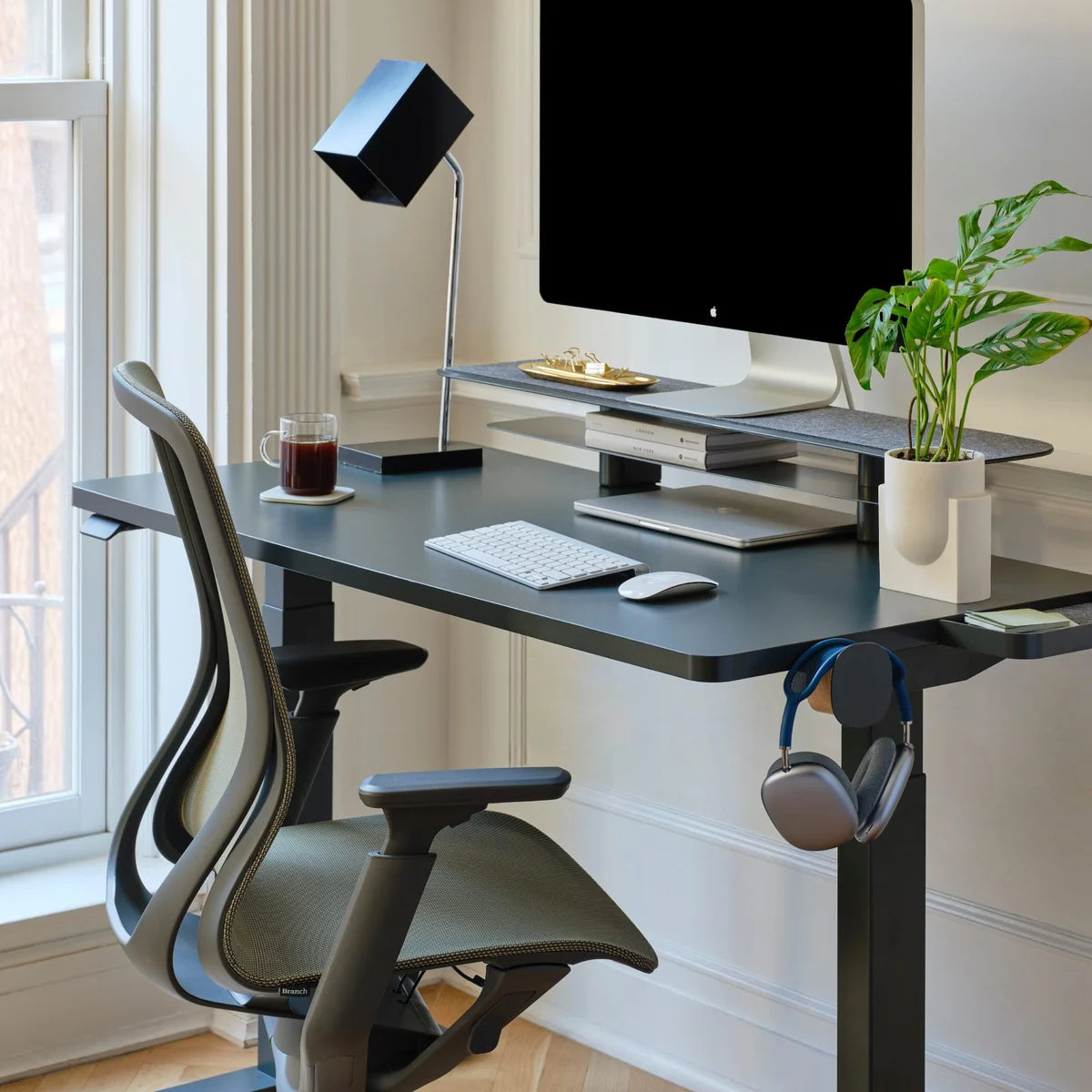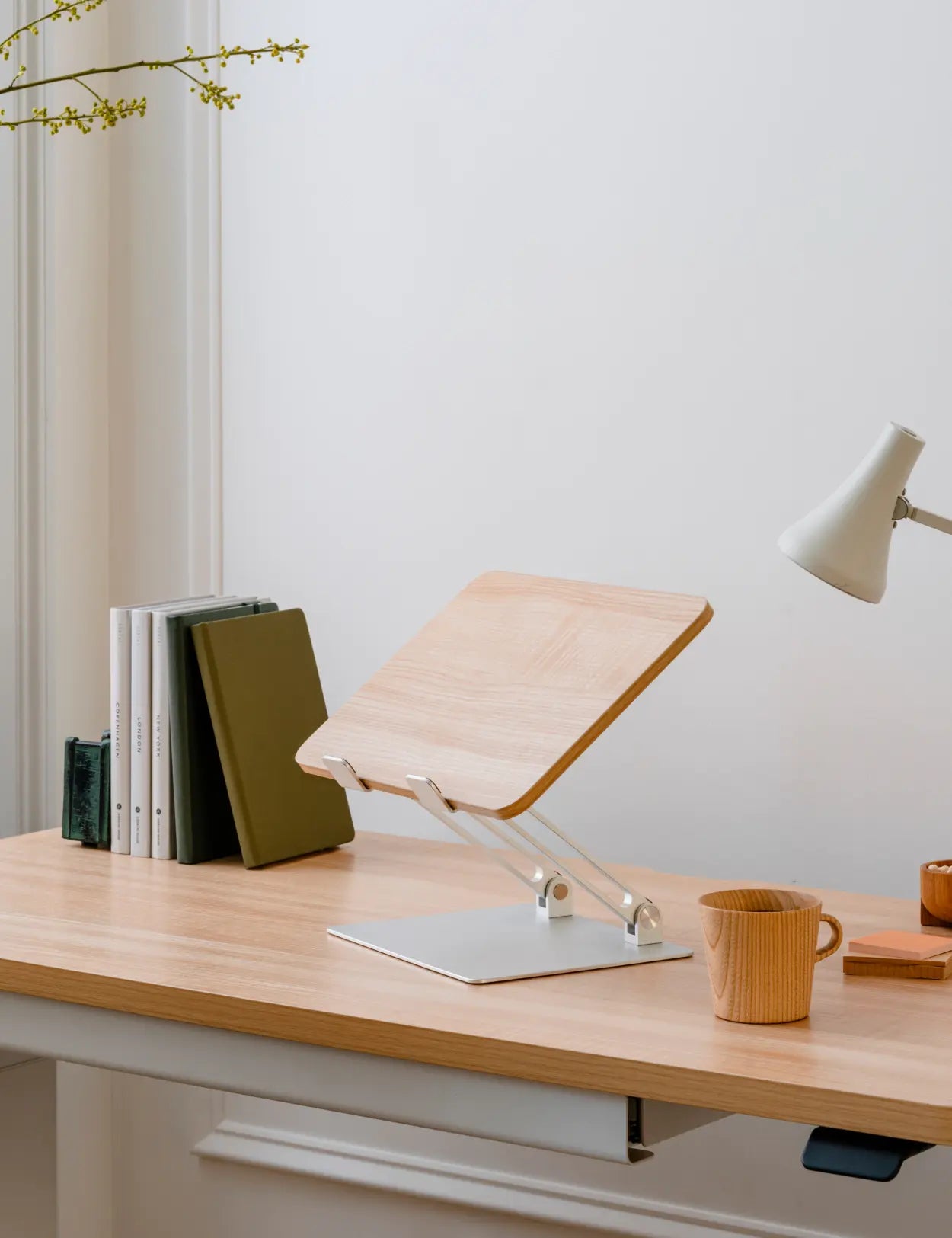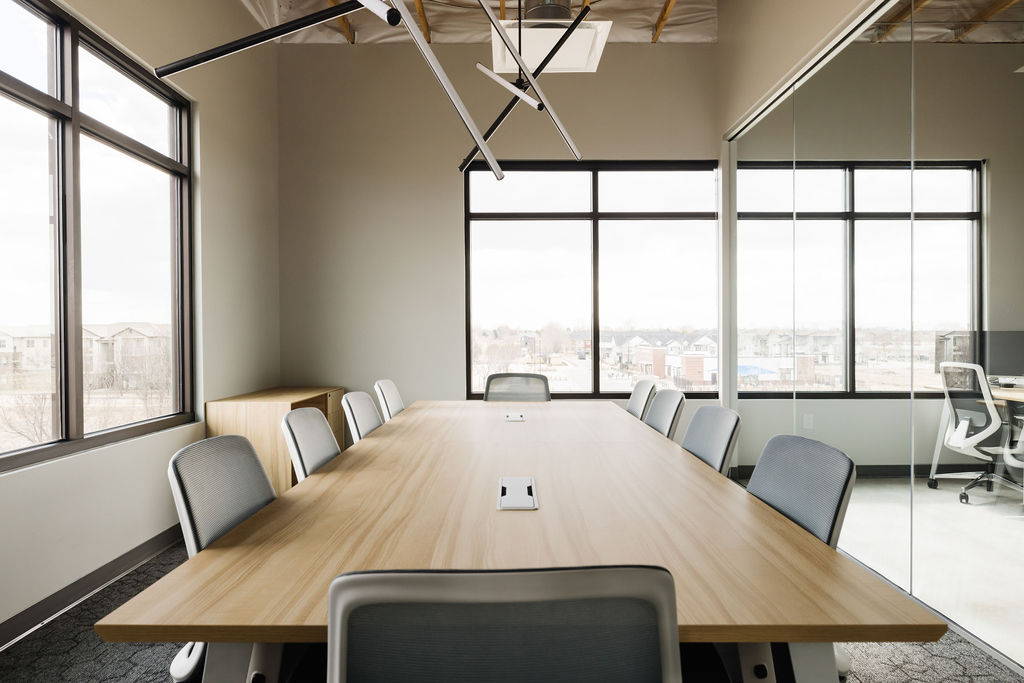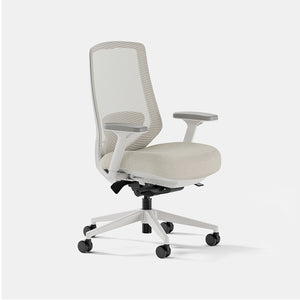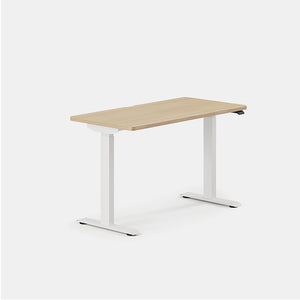Creating a functional and inviting workspace can actually support productivity, employee satisfaction, and overall success. Regardless of whether you're setting up a brand-new office or revamping an existing space, the furniture you choose plays a vital role in shaping the environment.
Let’s explore six practical tips and insights to help you navigate the process of furnishing your office space. From understanding your needs and priorities to selecting the right furniture pieces and maximizing space utilization, we'll cover everything you need to know to create a workspace that meets your requirements and reflects your company culture.





